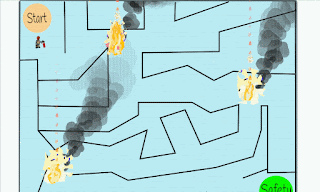The Young Coder's competition goes from strength to strength with the number of entries increased by 1200%! The competition aim is to help address the distinct lack of coding skills in the population, and to encourage children to consider Computing and IT as a career,
.The theme was ‘Keeping yourself, and others, safe'
Background on the Competition
The Competition team is made up of
- Worshipful Company of Information Technologists (WCIT),
- Leicestershire Education Business Company
- STEMHub South East,
- Cranfield University
- Canterbury Christ Church University
- The University of Northampton
Objectives of Coding CompetitionThe objectives for the competition are:
1. Run a successful competition which has the ability and commitment to expand each year
2. Encourage primary schools to learn the right IT skills including coding correctly
3. Promote the skill of problem solving
4. Improve the IT skills of teachers and assistants in schools and clubs
Winning Teams and a chance to play their games
Team 1:

School: St Johns CofE Primary School
Team Name: The Screaming Llamas
Game: Fire Safety maze The link is https://scratch.mit.edu/projects/533718307
Team 2
School: Tiptree Heath Primary School
Winning Game: Dodge the coronavirus, hit the hand wash, sanitiser and mask to earn an extra life. The link is: https://scratch.mit.edu/projects/535271755
Team 3
School: Aberdour Preparatory School
Team Name: S&A Coders
Winning Game: The secret magic control agency of internet safety link is: https://scratch.mit.edu/projects/528454492
So the future:
Watch out for the next competition!






















